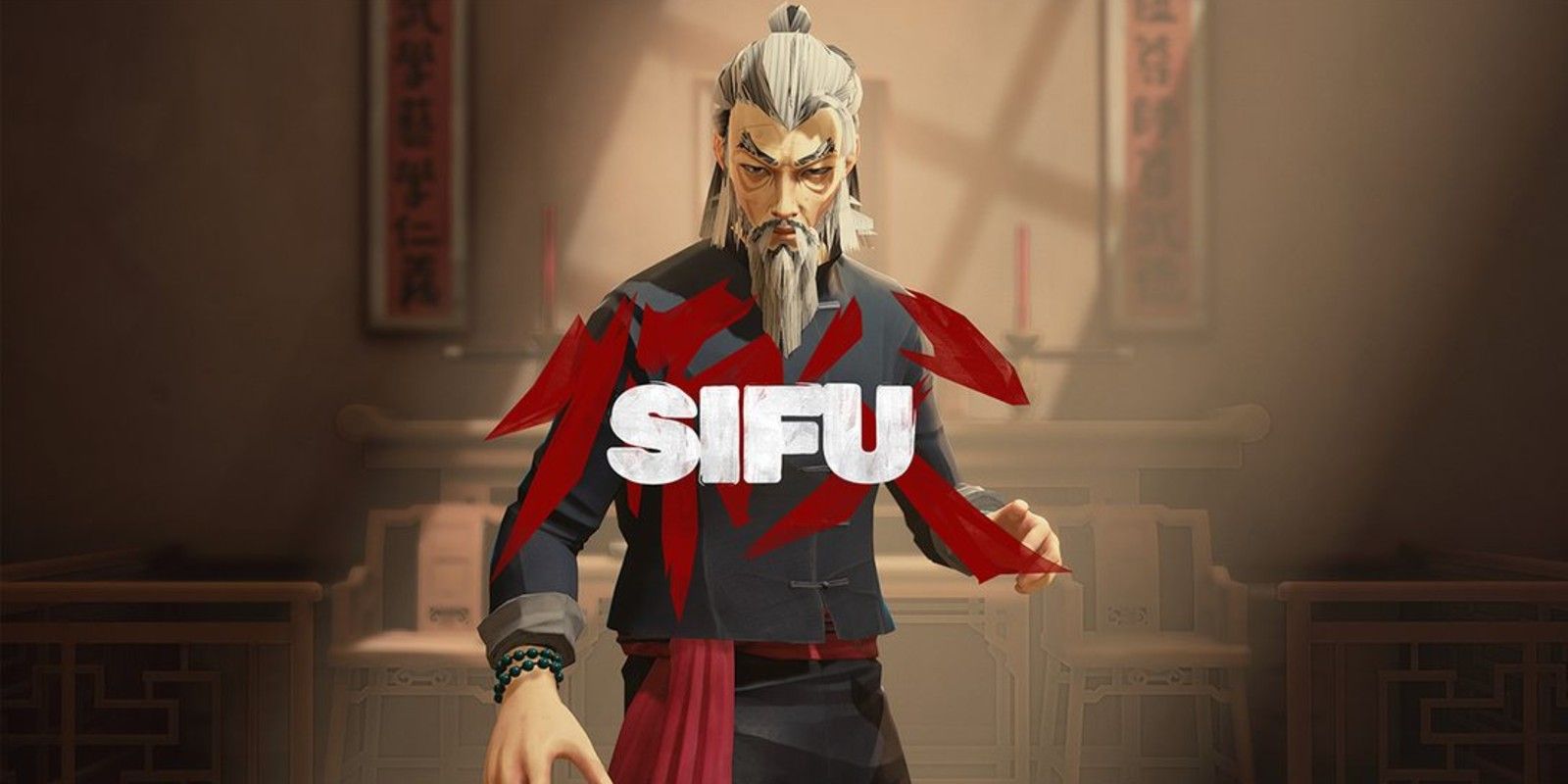
And finally, you can attempt to parry an attack by tapping the block button right when it’s about to hit. Swaying is ideal for when you know an attack is the last hit of a combo, as it gives you an opportunity to counterattack and even opens the opponent up for a directional throw, but also comes with the risk of mistiming it or choosing the wrong direction. To avoid that, you can hold down the block button and move the stick up or down to sway out of the way of either high or low attacks. If you block too many hits the structure meter will break and you’ll be in for a bad time. Much like in Sekiro: Shadows Die Twice, there’s a “structure meter” that governs the guards of both you and your enemies. That’s just talking on a purely surface level mechanically, it’s just as impressive.īut more than anything, it’s the defensive options that really make Sifu sing. I can’t say enough good things about how smooth the animation is, how every hit lands with bone-crunching impact (which is wonderfully emphasized by the DualSense controller’s haptics if you’re playing on PlayStation 5) and how every single counter looks natural no matter what angle an attack comes from or what type of strike is thrown. The camera does sometimes get squished in the corner and makes it hard to see what’s coming, but apart from that it’s hard to find many faults. Sifu’s martial arts combat is among the best I’ve ever played, plain and simple. Plus, the way new information is added to a detective board that shows how everything is connected is a nice touch. I found myself uniquely motivated to seek out each of them, not only because of the additional lore and context about the main character’s quest for vengeance that they provided, but also because finding one could potentially unlock doors in previous levels that would lead to entirely new sections. You begin with very little information about your targets, but over the course of the campaign you start to piece together who they are and what they’re all about by collecting clues and evidence throughout each level. In video games, we step into other bodies so we can better understand our own and those of the people around us.It’s a very simple premise but it’s executed wonderfully. In travel, as Andrew Soloman says, we go somewhere else to see properly the place where we have come from. More specifically, to use body therapy language, games offer us a chance to discover the inviolability of our bodies, personal autonomy, self-ownership, and self-determination.

Whether this is into the awkward teenage years of Mord and Ben in Wide Ocean Big Jacket, the grandparent-escaping Tiger and Bee in Kissy Kissy, the fractured heartbroken body in Gris or the haphazard movement of Octodad we have a chance to reassess our own physicality and how we respond to and treat other people's physicality. Stepping into the shoes of a vulnerable, small or endangered character can help us understand for a short while some of what it is like to be someone else. This is not only an enjoyable way to escape the reality of daily life but a chance to reflect on and understand ourselves, and our bodies, better. Whether we step into the powerful frame of a trained marksman or brave adventurer, while we play we have a different sense of our physicality. Video games offer an opportunity to inhabit another body. These games all have in common, a complex control system that can be put to use in imaginative and creative ways to get the edge over your opponents. Or it could be learning the complex move lists in a game like Street Fighter. Maybe it’s learning the perfect combination of angles and trajectories in Videoball. Or, perhaps, it’s using the limited running and jumping slightly better than other players to get a win in Fall Guys. This might be understanding how the propulsion of your car lets you take to the air and hit a perfect shot in Rocket League. Whether you rise through the league tables, or just improve compared to your family, the satisfaction or getting to grips with something so monumentally challenging is really satisfying. Rather than offering assistance, these games leave you to it. Rather than relying on the stats of your character or player, you have to execute the moves yourself with timing proficiency and instinct. Whereas many games simplify getting around, these games make the complexity and depth of their movement systems part of the joy of playing them. There are a small group of games that hone this challenge down to the mechanics of moving around the environment.

It takes time to understand their systems, mechanics, objectives and worlds. When someone plays a game too much it’s easy to think they are taking an easy route to something entertaining, like junk food.

Games offer us challenges on many levels.


 0 kommentar(er)
0 kommentar(er)
